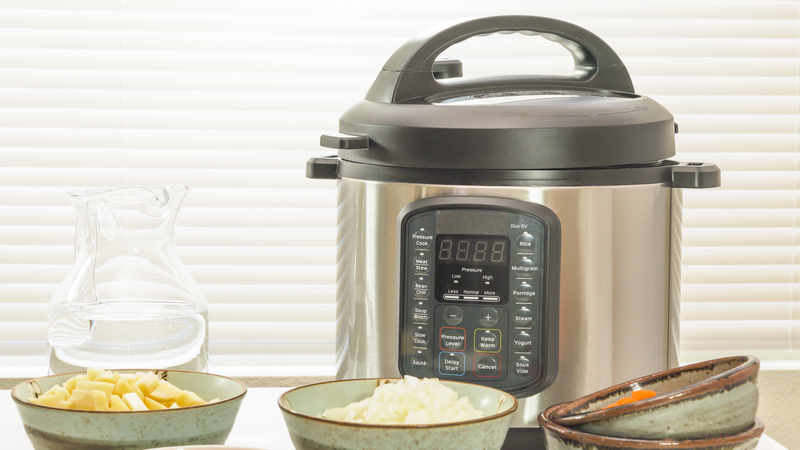If you’ve ever wondered how to cook matta rice without pressure cooker, you’re in the right place. This guide will take you through each step to master the art of cooking this nutrient-rich and flavorful rice variety that originates from the southern regions of India. Matta rice, known for its richness in fiber and unique taste, requires special attention and care to achieve just the right texture when cooked without a pressure cooker.

A Brief Introduction to Matta Rice
Matta rice, sometimes called Kerala red rice, is a unique variety known for its rich color and earthy flavor. Its robust nutrient profile includes higher amounts of fiber and essential minerals compared to conventional white rice, making it a preferred choice among health enthusiasts. The rice has a slightly chewy texture, which pairs excellently with various dishes. However, to enjoy its true taste aura, proper cooking is crucial, especially when done without a conventional pressure cooker.
Ingredients Needed and Preparation
- 2 cups of Matta rice
- 6 cups of water
- Salt to taste
Gathering the right cookware is equally important. Ensure you have a large, non-stick pot with a lid, a strainer, and a reliable knife for any complementary chopping needs. Additional tips for preparing long-grain varieties can also be useful if you’re trying new kinds of rice.
Preparation Steps
It’s important to wash the rice thoroughly in plenty of water to remove excess starch. Place the rice in a large bowl and fill it with water, then gently rub the grains together with your hands. Change the water several times until it runs clear. This will greatly enhance the cooking quality of the Matta rice, preventing it from clumping together. After washing, soak the rice in water for at least 30 minutes. This step is crucial as it allows the rice grains to plump up, thus promoting even cooking. You can use this time to prepare your ingredients and get everything ready for the cooking process.
Let’s Cook: Step-by-Step Instructions
Cooking Matta rice without a pressure cooker requires care and patience but is simple once you know the method. Here’s a basic guide, broken down step by step, to make it more intuitive:
Step 1: Boiling Water
In a large pot, bring 6 cups of water to a boil. As the water heats, add a pinch of salt. The salt will infuse the rice grains, enhancing their natural flavor and imparting a more complex taste profile. Ensure your pot has enough room to accommodate the rice as it expands during the cooking process.
Step 2: Cooking the Rice
Once the water reaches a rolling boil, carefully transfer the soaked rice into the pot. Reduce the heat to medium, allowing the rice to simmer gently. This process can vary in time, typically taking about 45-50 minutes. Stir occasionally to ensure even cooking and to prevent the rice from sticking to the bottom of the pot. If you are unsure, a cookware cleaner can be worth having on hand for post-use.
Step 3: Draining and Resting
Once the rice grains puff and are suitably tender, it’s time to drain any remaining water using a strainer. After draining, cover the rice and let it rest for about ten minutes. This step helps in enhancing the grain’s moisture absorption, resulting in a softer and fluffier texture. For optimal results, use a wooden spoon or special cutting board oil treated tool to fluff the rice gently without breaking the grains.

Enjoy Your Perfectly Cooked Matta Rice
Matta rice makes an excellent accompaniment to curries, stews, and a variety of dishes. It can even be enjoyed on its own with a touch of ghee or some simple pickles. As you serve, appreciate the distinctive hue and aroma that make this rice variety so beloved. Remember, cooking matta rice without a pressure cooker may seem daunting at first, but with practice, it can become a routine you relish, serving beautifully cooked rice with every meal. Here’s more insight into cooking techniques you might want to try next.
Conclusion and Final Thoughts
You’ve impressed yourself and those around you by mastering how to cook matta rice without pressure cooker. This culinary journey emphasizes more than just cooking; it celebrates the timeless heritage and the methods passed through generations, enhancing every meal. Always remember, a well-stocked kitchen, including tools like a quality cutting board and sharp knife, can enrich every culinary creation. Happy cooking!
This article contains affiliate links. We may earn a commission at no extra cost to you.


